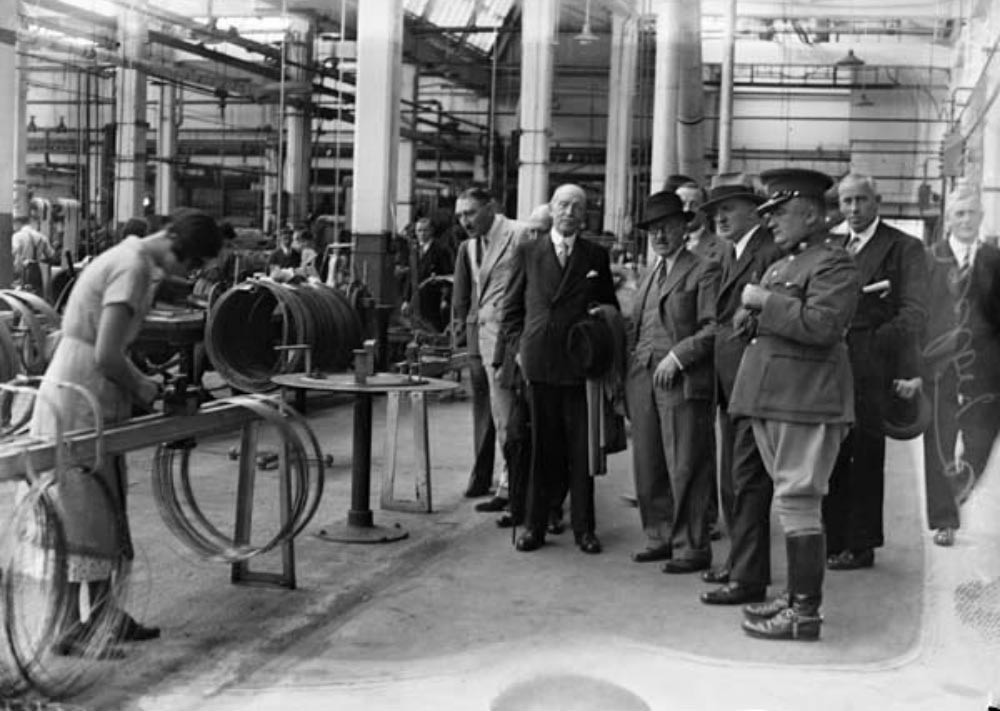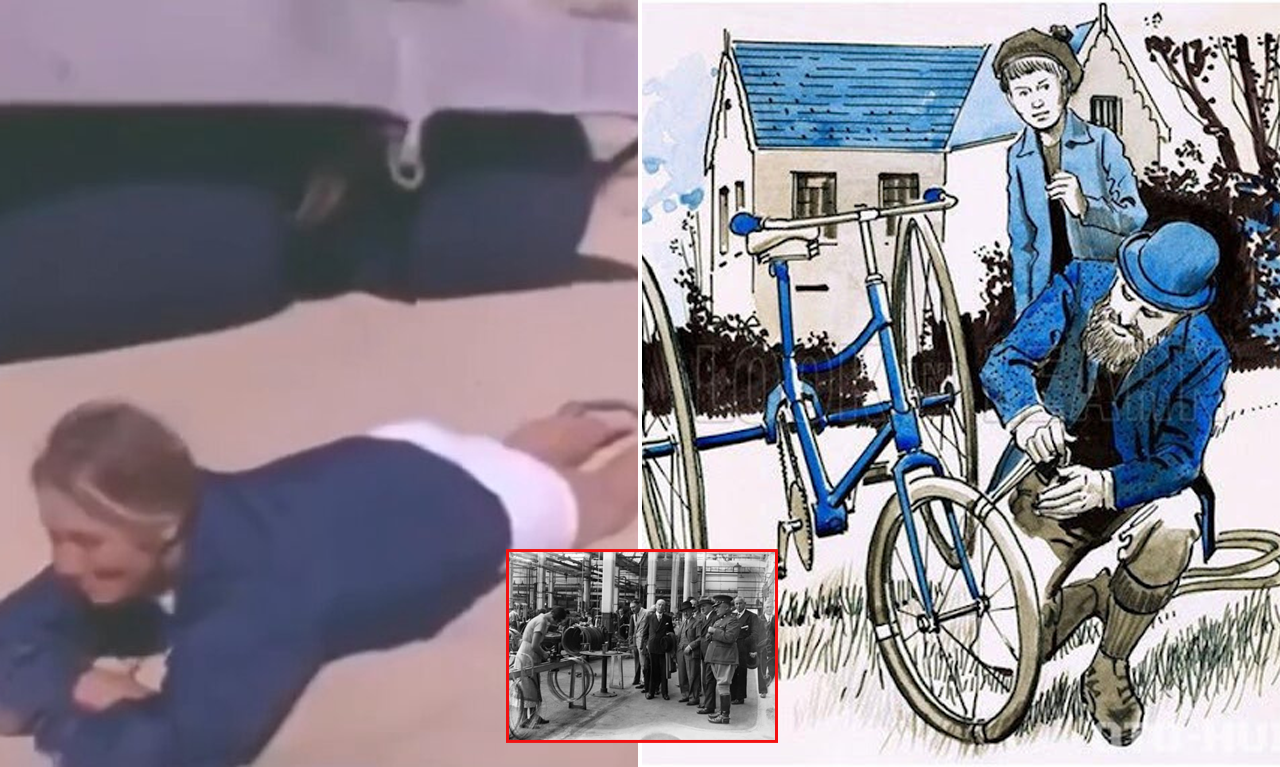The Revolutionary Tire of 1951: William Albee’s Invention That Changed the Game
In 1951, William Albee introduced an innovative tire design that would forever alter the way we think about vehicle mobility and terrain management. His creation, a tire engineered to distribute weight evenly and minimize ground pressure, was not just a breakthrough in tire technology but a pivotal advancement for industries ranging from agriculture to military operations. This article delves into the origins, significance, and lasting impact of Albee’s invention, highlighting how it continues to influence modern engineering.
The Challenge of Ground Pressure
Ground pressure, the force exerted by a vehicle on the surface beneath it, has long been a critical consideration in various fields. High ground pressure can lead to soil compaction in agriculture, damage to delicate ecosystems, and vehicles becoming stuck in soft terrain like mud or sand. Before Albee’s invention, conventional tires often failed to address these issues, limiting the effectiveness of vehicles in challenging environments.
Recognizing this problem, Albee set out to create a solution that would allow vehicles to traverse soft or uneven terrain without causing significant damage or becoming immobilized. His vision was to design a tire that could evenly distribute the weight of a vehicle, reducing its overall impact on the ground.
The Birth of the Low-Ground-Pressure Tire
Albee’s groundbreaking tire utilized a combination of innovative materials and a unique structural design. By increasing the tire’s surface area in contact with the ground, his invention effectively reduced the pounds per square inch (PSI) exerted on the terrain. This was achieved through a wider, flatter profile and flexible construction that allowed the tire to “float” over soft surfaces rather than sinking into them.
The tire’s design was particularly well-suited for vehicles operating in agriculture, forestry, and military applications. Tractors equipped with Albee’s tires could plow fields without compacting the soil, preserving its fertility. Similarly, military vehicles outfitted with these tires could navigate marshy landscapes or sandy deserts with greater ease, enhancing mobility and operational efficiency.
Adoption and Impact
The introduction of Albee’s low-ground-pressure tire coincided with a period of rapid industrial and agricultural expansion in the mid-20th century. Farmers quickly embraced the technology, recognizing its ability to protect soil health while improving productivity. In forestry, the tires allowed heavy machinery to operate in sensitive ecosystems without causing irreparable damage to the ground or vegetation.
The military also saw immense potential in Albee’s invention. During the Korean War, vehicles equipped with these tires proved invaluable in traversing rugged and unpredictable terrain. Their ability to distribute weight evenly meant that supply trucks and armored vehicles could reach remote locations that were previously inaccessible.
Technological Advancements Inspired by Albee
Albee’s invention laid the foundation for further innovations in tire technology. Over the decades, his principles have been applied to develop modern solutions such as balloon tires for off-road vehicles, radial tires for better durability, and even tracks for all-terrain vehicles (ATVs).
Today, the concept of minimizing ground pressure remains a cornerstone of tire engineering. Companies continue to refine Albee’s ideas, incorporating advanced materials like Kevlar and carbon fiber to create lightweight yet robust tires. The agricultural sector, in particular, has benefited from the development of flotation tires, which are direct descendants of Albee’s original design.
Environmental and Economic Benefits
One of the most significant advantages of Albee’s tire design is its contribution to sustainable practices. By reducing soil compaction, these tires help maintain soil structure and fertility, leading to healthier crops and higher yields. This has a direct economic benefit for farmers, who can achieve better results without resorting to expensive soil remediation techniques.
In addition to its agricultural applications, the tire’s ability to minimize environmental impact has made it a popular choice for conservation projects and eco-tourism. Vehicles equipped with low-ground-pressure tires can access fragile ecosystems without causing extensive damage, enabling researchers and tourists to explore these areas responsibly.
Legacy and Continued Relevance
More than seven decades after its invention, William Albee’s low-ground-pressure tire remains a testament to the power of innovative thinking. His design addressed a critical problem with a practical, elegant solution that continues to benefit industries worldwide.
As we face new challenges in the 21st century, including climate change and the need for sustainable practices, Albee’s invention serves as a reminder of the importance of balancing technological advancement with environmental stewardship. Modern engineers and designers often look to his work as a source of inspiration, striving to create solutions that are both effective and sustainable.
Conclusion
William Albee’s 1951 invention of the low-ground-pressure tire was more than just a technological milestone—it was a paradigm shift that changed how we approach mobility and terrain management. By addressing the issue of ground pressure, Albee not only improved the efficiency and effectiveness of vehicles but also contributed to the preservation of our natural environment.
Today, his legacy lives on in the countless applications of his principles, from agriculture and forestry to military and conservation efforts. Albee’s tire is a shining example of how one innovation can have a ripple effect, influencing industries and improving lives for generations to come.






